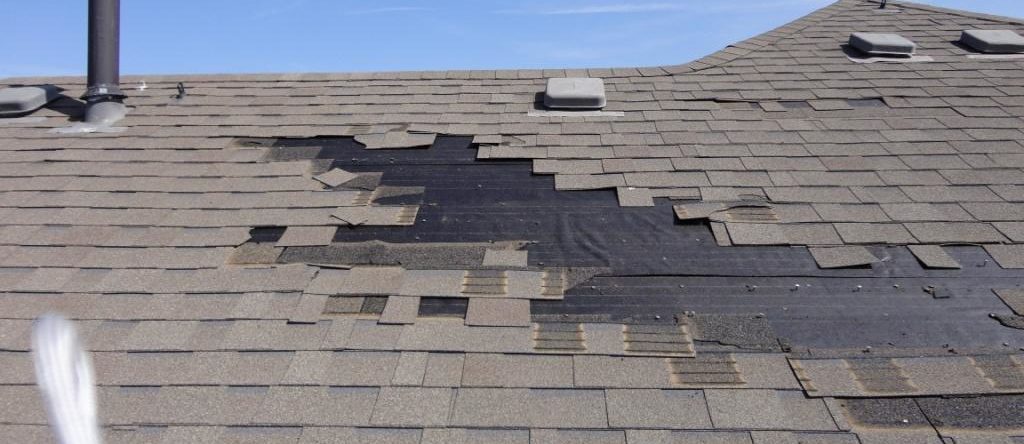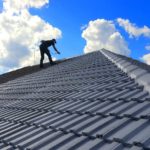From blizzards to heat waves and everything in between, a high quality home roof that is installed in accordance with best construction practices is built to take the beating it gets year-round. However, there’s one element that can present a challenge to even the most durable roof: wind.
According to the National Severe Storm Laboratory (NSSL), winds clocked at 50-60 mph have the potential to damage roofs. And severe thunderstorms, say researchers at NSSL, regularly generate winds in excess of 100 mph. These thunderstorms account for more than 50% of all severe roof damage in the 48 contiguous, U.S. states.
Speed and severity, however, are not the only factors that affect the likelihood of wind damage. How your roof is laid out affects something called wind loading, which is the amount of force the wind applies to your roof. Houses with hip roofs tend to incur less wind damage than do gabled roofs. In addition, specific areas of the roof, such as eaves and corners, tend to be more vulnerable to damage than flats and other surfaces.
How resilient your roof is also depends on materials and installation. Flimsy shingles of questionable quality installed using shortcuts and other sub-par construction practices equals a roof that is far more likely to lose shingles and become damaged by high winds.
Even a good quality, carefully installed, and well-maintained roof can become vulnerable to wind damage over time. As time passes, the sealant between the shingles can fail, causing them to curl and crack. Repeated cycles of freezing and thawing can also affect the integrity of the shingles or cause rot to the substrate or underlying structure. The result in both cases is increased vulnerability to wind damage.
Make it a habit to inspect your roof for damage after a storm. Look around for shingles or other roof debris that may have fallen to the ground. Because high winds can damage your roof without tearing them off completely, think about bringing in a licensed roofing contractor to survey it for possible damage. A professional can inspect your roof for missing shingles and examine it for signs of wear and tear—including shingles that are curling or that have become partially dislodged and damaged from flapping or flexing, and find any gaps where shingles may be separating it from the fascia or soffit.
If wind damage has occurred, a licensed roofing contractor will document it in writing accompanied by photos, give you a list of recommended repairs, and provide a cost estimate. Ask in advance, but this should be free of charge.
Wind damage to your roof is usually covered under your homeowner’s insurance but also check your contractor guarantee and your manufacturer’s warranty. If is determined that your roof has failed due to poor workmanship or sub-standard materials, you may need these warranties.
Addressing any wind damage to your roof, even if it seems minor, will prevent future damage from storms, freezing and other severe weather. Taking care of the issues today will prevent more serious and expensive problems tomorrow– because there are few things more important to you and your family’s comfort and safety than the roof over your head!













